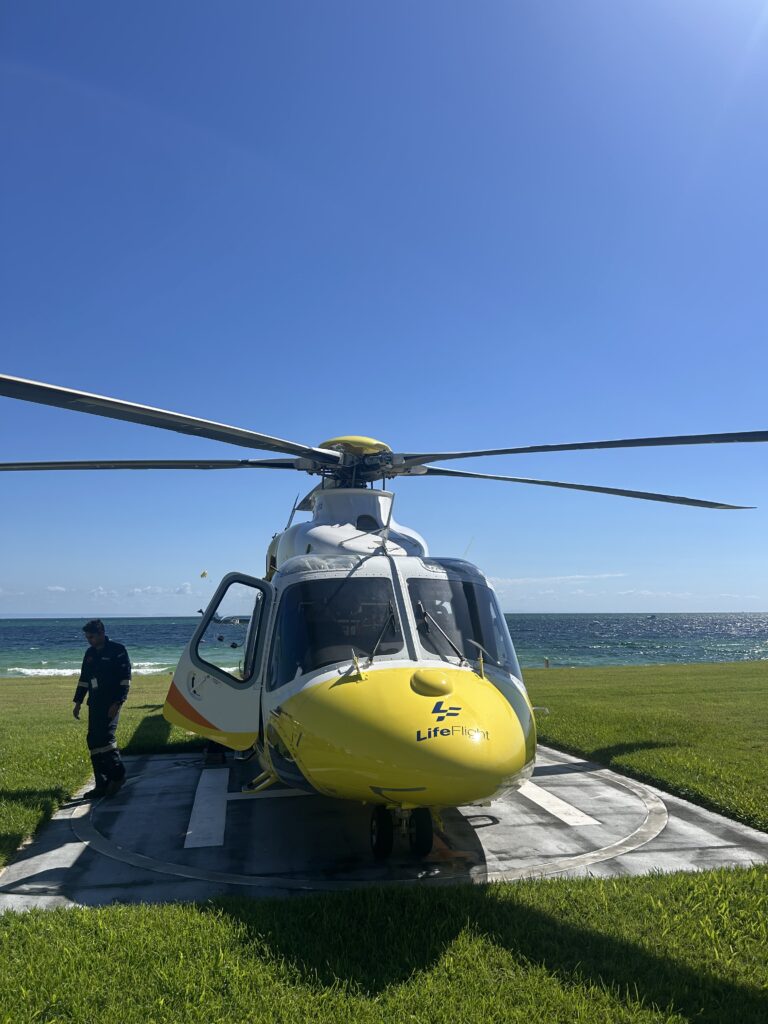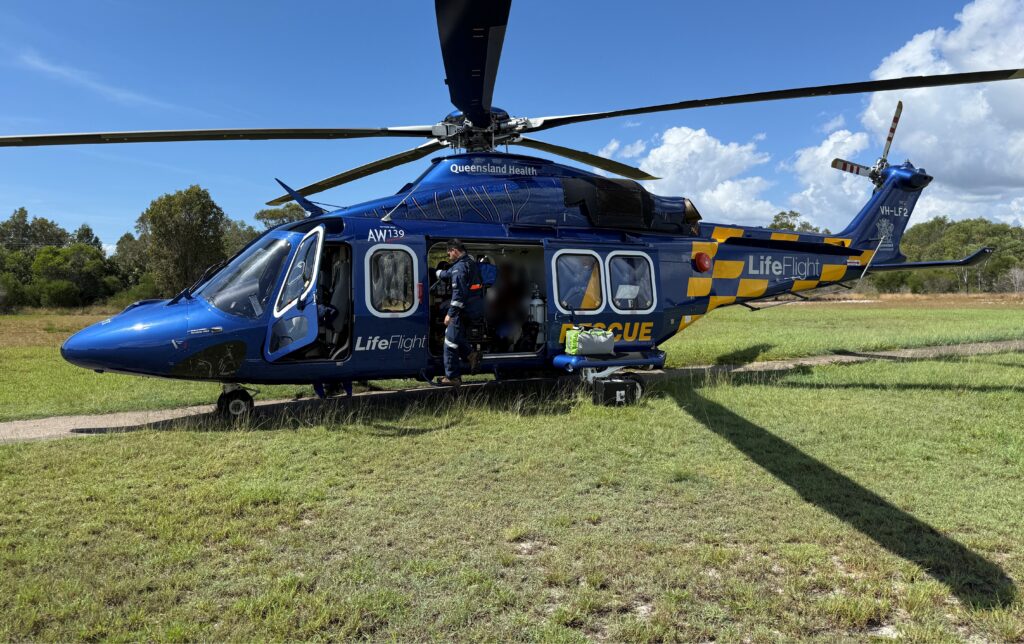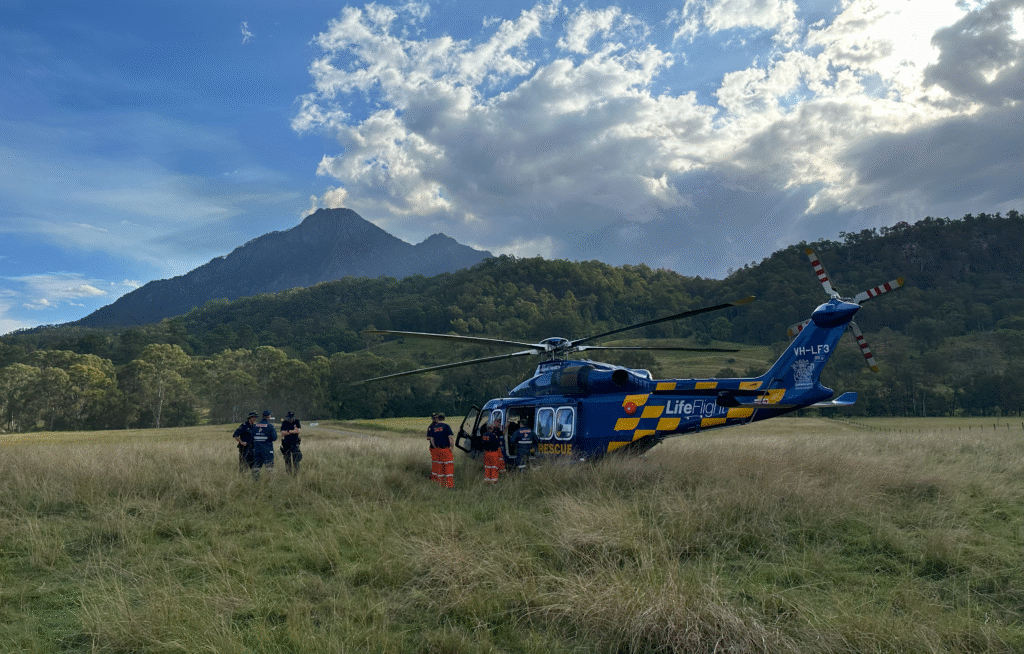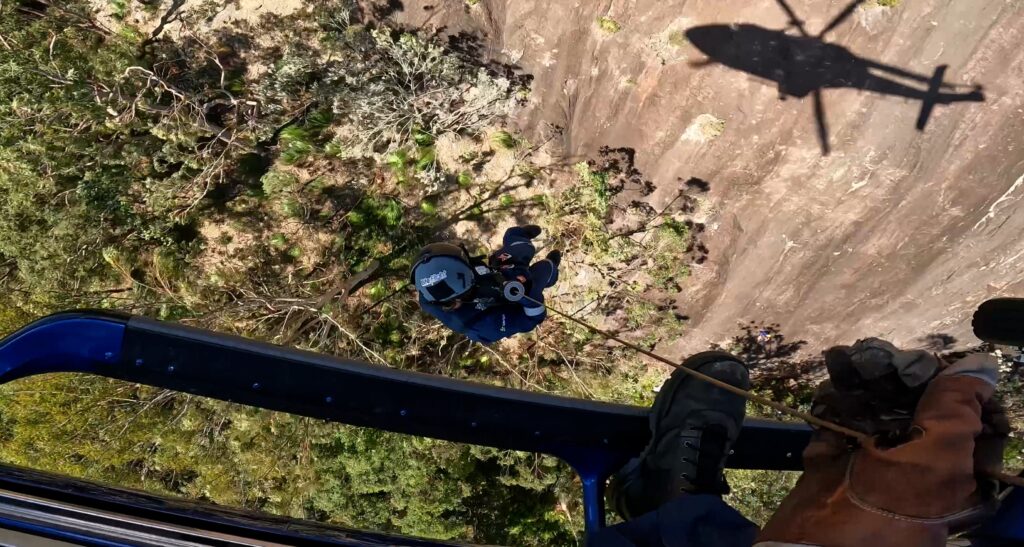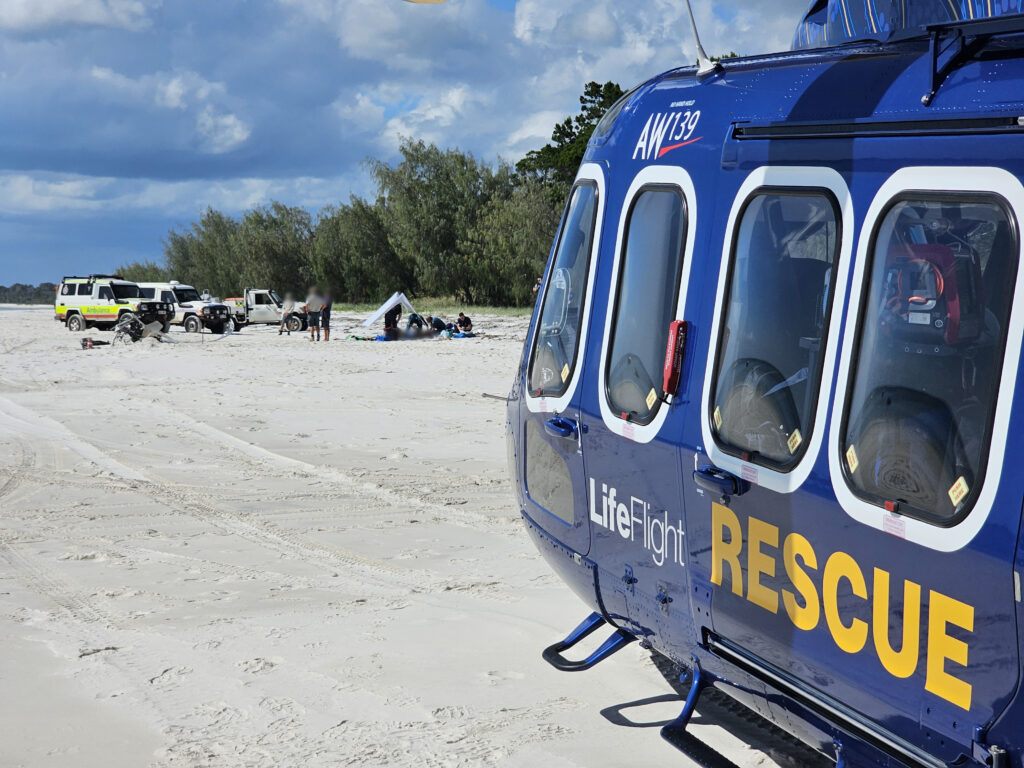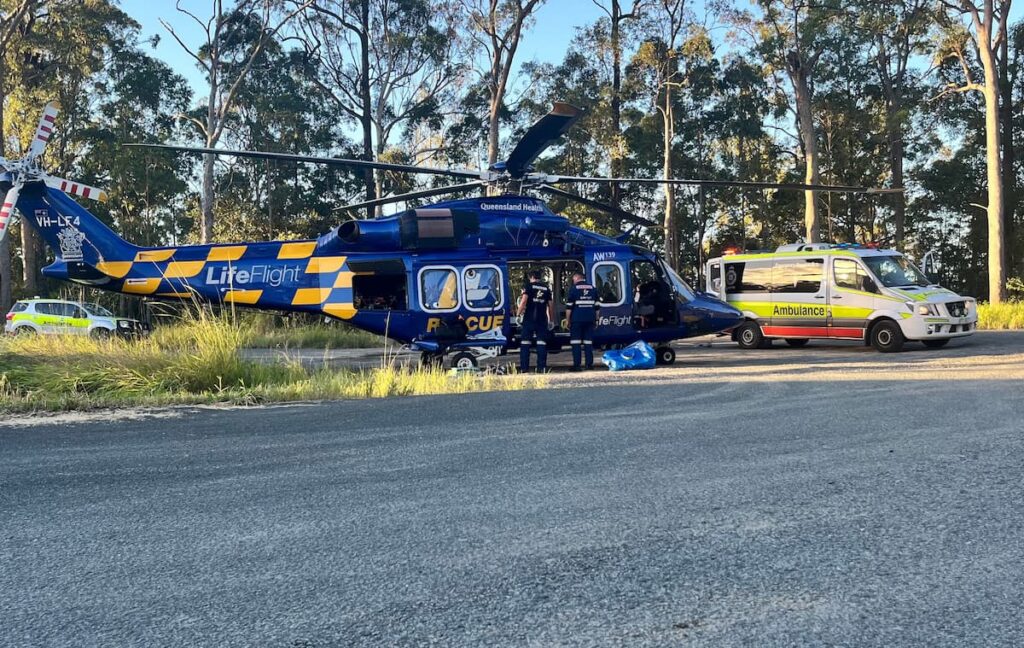Home to two rescue helicopters, Toowoomba is yet again LifeFlight’s busiest base with the RACQ LifeFlight Rescue and LifeFlight Surat Gas Aeromedical Service (SGAS) chopper crews coming to the aid of a record 725 people last Financial Year.
It was a significant contribution to an overall record 2022-23 Financial Year for LifeFlight Australia, with the service’s rescue helicopters, Air Ambulance jets, Critical Care Doctors, Flight Nurses and Paramedics helping 7,349 people in need.
LifeFlight traces its proud history in Queensland back to 1979 and the service has now come to the aid of more than 81,000 people.
The most common reason for the Toowoomba chopper crews to be tasked directly to an emergency scene in the Financial Year, was to attend serious motor vehicle incidents.
91 motor vehicle incidents required urgent aeromedical response. They included on and off-road incidents and involved two and four-wheeled vehicles.
“Across the state crashes continue to be one of the main reasons why RACQ LifeFlight Rescue is called out on missions. Last year Qld had its worst road toll in more than a decade. When we look at what’s causing those crashes it continues to be the Fatal Five. That’s speeding, driving under the influence of drugs or alcohol, driving distracted, driving fatigued and not wearing a seatbelt,” said RACQ spokesperson Lauren Cooney.
“It’s simple. When you’re behind the wheel, make a commitment to get back to basics. Take road safety seriously and do everything you can to get to your destination safely.”
In August, both the RACQ LifeFlight Rescue and LifeFlight SGAS helicopters landed on a stretch of highway, responding to the scene of a serious rollover in the Western Downs. Each crew airlifted a patient to hospital.
The Toowoomba LifeFlight helicopter crews were tasked to missions ranging from Search and Rescue (SAR) operations to agricultural incidents, which saw them cover vast distances in the region, spending more than 1,204 hours in the air.
The top five mission categories in 2022/23 Financial Year for the Toowoomba RACQ LifeFlight Rescue and LifeFlight SGAS helicopters were:
1. Motor vehicle incidents (91 missions)
2. Medical/illness (78 missions)
3. Cardiac/chest pain (67 missions)
4. Respiratory (not COVID-19) (56 missions)
5. Abdominal (40 missions)
The total cost of the community missions performed by the Toowoomba crews is estimated to be $15.2 million, which comes at no charge to patients.
Critical Care Doctors and Flight Paramedics are vital members of the Toowoomba LifeFlight helicopter crews, which means patients receive the highest level of medical care from the moment the rescue chopper lands at a location, as well as in-flight.
“They are able to go to the roadside scenes to stabilise patients and provide definitive care, like they would in a tertiary hospital or tertiary intensive care unit. Essentially our doctors, nurses and paramedics carry pretty much a mobile intensive care unit where they can do lots of procedures – whether that’s on the side of the road or within a small hospital, to stabilise patients and bring them to that higher level of care,” said Dr Jeff Hooper, LifeFlight Director of Clinical Services and Governance.
While there have been numerous high-profile rescue missions, much of LifeFlight’s aeromedical work involves Inter-Facility Transfers (IFT) – moving patients between medical facilities – which ensure all communities have equal access to the best possible healthcare, no matter where they are in the state.
“I think that the work we do for IFTs is really important to the people of Queensland – the majority of Queensland is a rural environment and people are a long way from really high levels of tertiary hospital care,” said Dr Hooper.
“Our feeling is that every Queenslander deserves that opportunity to be rapidly transferred to a world class standard of care.”
The majority of missions performed by RACQ LifeFlight Rescue are tasked by Retrieval Services Queensland on behalf of Queensland Health.
The LifeFlight SGAS helicopter performs community missions, as part of the SGAS partners’ commitment to assisting in providing the South West region and beyond, with community aeromedical coverage, by donating 150 flying hours each year.





